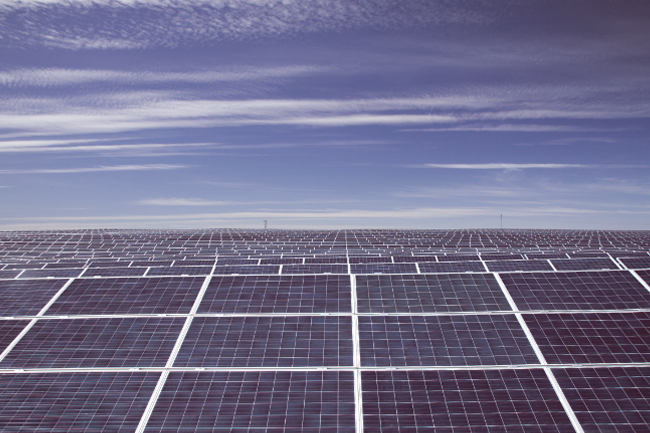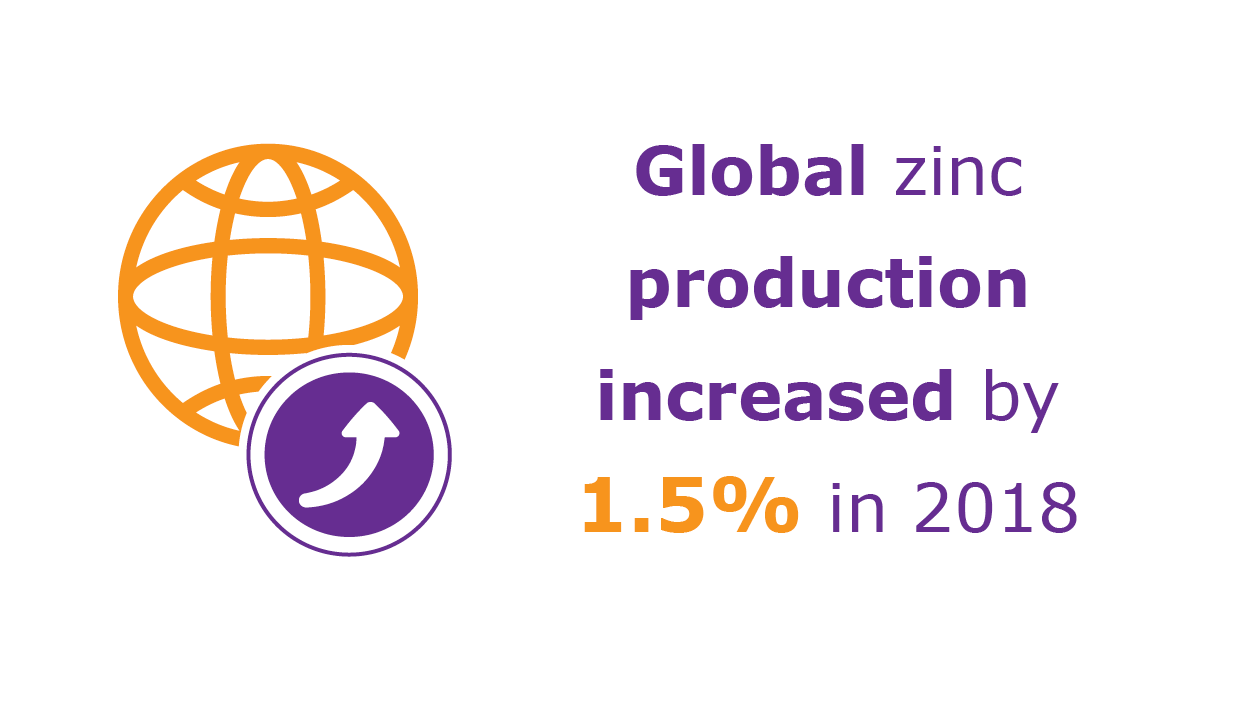With its abundant water and sun, and having relatively undeveloped national energy grids in many states, Africa has greater potential for a rapid expansion of renewable power than in many other parts of the world.
A recent study by consultants EY argues that global energy demand is set to increase by 36% between 2014 and 2035, and that over this period US$6 trillion will be invested in renewable energy infrastructure – compared to US$2.75 trillion for conventional energy sources and US$1 trillion for nuclear.
A glance down the list of attendees at the recent Renewables and Mining Summit held in Johannesburg in May confirms that African mining houses are among many companies exploring how to power their operations from renewable sources. Participants at the event included Anglo American, AngloGold Ashanti, African Rainbow Minerals, ArcelorMittal and Gold Fields. Analytics firm Navigant Research has estimated that renewables will supply 5% to 8% of all mining energy by 2022, and Africa looks likely to lead the way.
EY’s analysts calculated that mining firms invested US$44 million in African and Middle Eastern renewable energy projects last year, the second highest amount after the Asia-Pacific region. This investment is expected to reach US$312 million a year by 2018, and about US$730 million a year by 2022. All the main forms of renewable energy – wind, solar, hydropower, geothermal and biomass – can be used to power elements of mining operations, although some are more suitable than others in the African context.
Wind and solar remain the most widely used internationally, as noted by Navigant’s researchers, who foresee the deployment of 516 MW of wind-power capacity for mines by 2022, followed by 493 MW of solar.
Relatively few mines have explored biomass generation, although Anglo American has taken a major stake in an algae farming business with the potential to produce up to 300 times more oil per hectare than conventional biofuel crops.
There also appear to have been relatively few companies that investigated the potential for turning their disused workings into energy storage facilities – ‘battery’ reservoirs for water that can be pumped in and then released to power turbines – although in future this may offer significant cost offsets and social legitimacy for mining firms.
While some technologies remain relatively neglected by the mining houses, there are clear benefits in those that have gained purchase. In comments to EY, Barrick Gold’s director of power projects Scott Fraser said: ‘Renewable energy cost structures have reduced to the point that, particularly for isolated mines, in some cases, they have become more economic than diesel-fired generators.’
Renewable energy offers mines the chance to gain a measure of independence from erratic local grids, to reduce their carbon footprint and exposure to the volatility of fuel prices, and to greatly increase their social license to operate – especially if renewable installations also supply power to local communities, and persist after the closure of the mine.
Renewables have also become more affordable, with a range of financing options available. Mines today can support the development of third-party renewable operations by guaranteeing to buy their power, or they can form joint ventures in mining areas to install large facilities that serve several mines.
While some technologies remain relatively neglected by the mining houses, there are clear benefits in those that have gained purchase
An increasingly popular option is the installation of complete ‘turnkey’ plants, custom designed for each mine and able to generate constant power through hybrids of wind, solar and gas or diesel.
These are particularly appropriate for the many remote mines in Africa, which may lie far from state infrastructure. Companies that build plants, such as Siemens’ Smart Generation Solutions, now offer mining firms an efficiency assurance for their turnkey installations – the company guarantees how many litres of diesel will be saved by installing renewable generation.
In several African countries, renewables constitute the main sources of energy for national power generation – notably in hydropower-rich states such as the DRC as well as Mozambique. As a result, some companies are able to argue that they already use renewables for 100% of their local electricity needs.
In Zambia, for example, First Quantum Minerals can rely on hydropower from the Zambezi Basin for all grid electricity at its Lonshi, Kansanshi and Bwana Mkubwa copper mines.
In other countries, mining firms have turned to renewables by investing in regional power projects. Randgold Resources has recently commissioned the 20 MW Nzoro II hydropower station near its Kibali gold mine in the DRC. The company estimates that the plant will replace 6 000 litres of diesel use per hour, giving a saving of up to US$35 000 a day at full capacity. The station supplies 5% of its power to neighbouring communities. Randgold has permission to build a further three stations in the same area, which would take its local renewable generation to around 60 MW.
Also in the DRC, Ivanhoe Mines reached an agreement with the government to refurbish the defunct Nzilo I hydropower plant on the Lualaba river, in turn receiving priority access to electricity for its expansive Kamoa project, currently the continent’s largest high-grade copper discovery.
Similar developments have taken place in Burkina Faso, where Canadian gold producer Semafo has reached an agreement with the state to develop a 20 MW solar power plant, with the potential to supply up to 10% of the country’s total generation capacity.
Other companies have opted for smaller-scale renewable installations to support localised operations. In South Africa, Anglo American has recently awarded a contract for construction of a solar plant to power its administrative buildings at the Kriel colliery. In the same country, many renewables analysts have hailed the installation of a 1 MW stand-alone solar/diesel hybrid plant at Cronimet Mining’s chrome operations in Limpopo province. The small plant operates on solar during daylight hours, with diesel to continue generation under low-light conditions.
Analysts at the Johns Hopkins School of Advanced Research in the US found that the plant has enabled Cronimet to reduce its annual diesel consumption by 24%, with a reduction of 1 200 tons of CO2 emitted.
‘They can’t send a thousand people home because the sun wasn’t shining. That’s simply not going to happen’
They also note the potential for similar small-scale mine installations to transform community access to renewable energy in remote areas, saying: ‘The adoption of distributed renewable energy systems by private-sector entities could represent one of the greatest opportunities for the develop-ment of the renewable energy industry, in areas where people have the lowest levels of access to this basic resource.’
While the potential benefits of renewables are well known, there are still challenges and limitations for their adoption by Africa’s mining houses – related both to the technology and the attitudes of companies.
Speaking at the 2013 Renewable Energy and Mining Summit in Toronto, major mining contractor Hatch’s director of solar power Rob Lydan said that mining companies are unlikely to rely on renewables for more than 30% to 40% of their total energy needs.
As he explained: ‘This is an industry that is taking inordinate risks building projects in remote locations, and they have to stomach that risk. They can’t send a thousand people home because the sun wasn’t shining. That’s simply not going to happen.’
His comments indicate the apprehension with which renewables are sometimes viewed by miners – as erratic sources of power that will almost always have to be supplemented with generation from diesel. There are also concerns about the upfront costs of installing solar or wind plants, at a time when many junior and mid-tier companies are finding it difficult to obtain credit. But these challenges are likely to be reduced in the coming years.
Africa’s mining houses have a lot to gain by embracing renewable energy sources. Those that move quickly are likely to see long-term gains over their competitors, particularly if fuel prices continue to rise. The mining industry will also benefit from an expansion of the global renewables industry, which has already stimulated demand for minerals that had previously been neglected.
By David Bannister
Image: Andreas Eiselen/HSMimages






